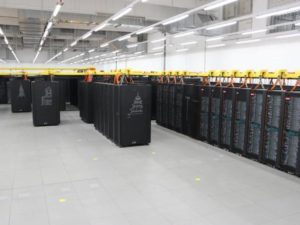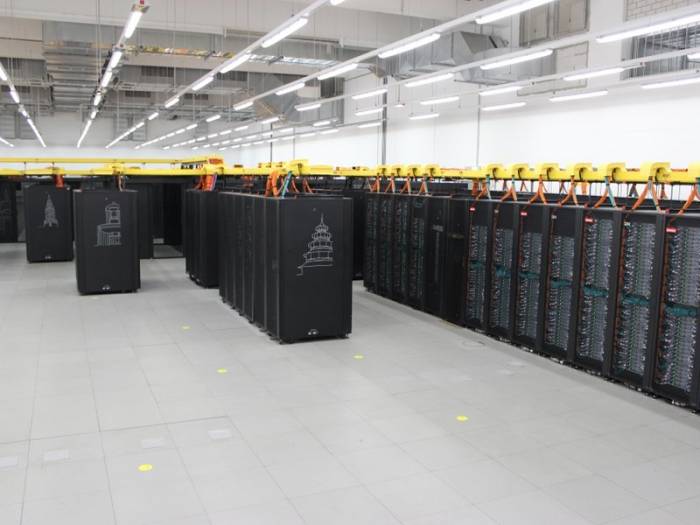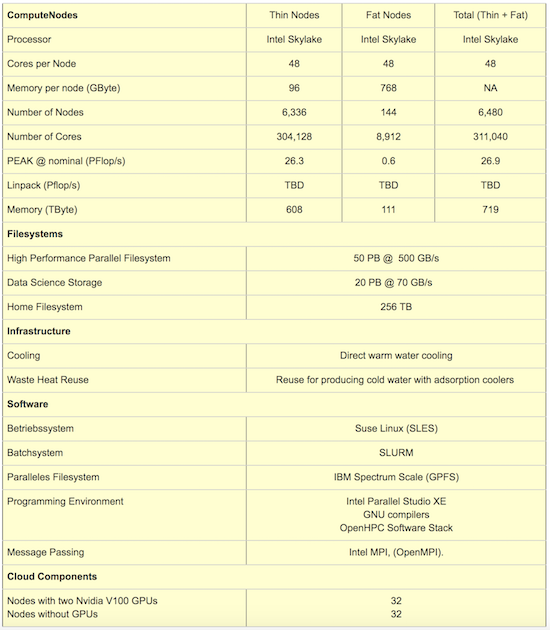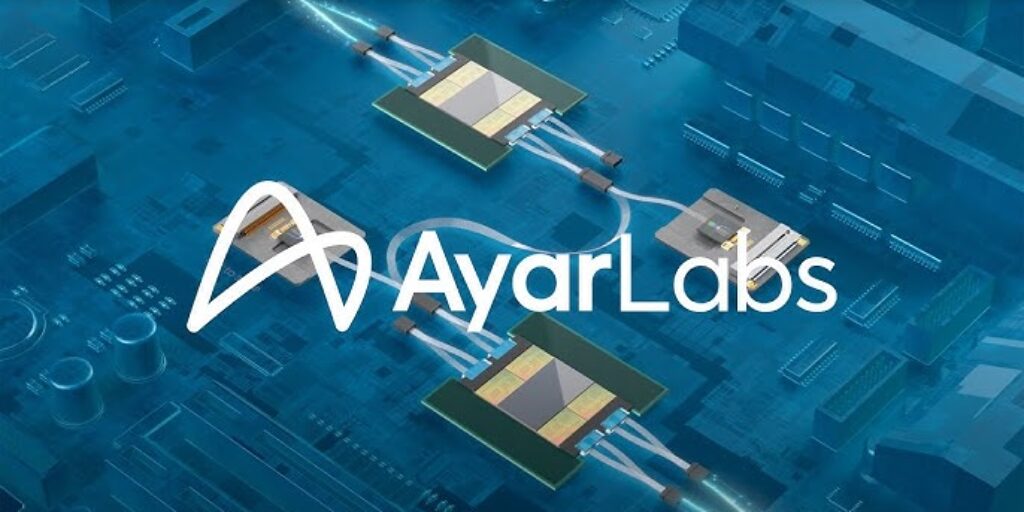 LRZ in Germany dedicated their new SuperMUC-NG (“next generation”) supercomputer last week in Munich. Built by Lenovo, the massive system uses innovative hot-water cooling to achieve unprecedented computational power for large-scale scientific and engineering simulations.
LRZ in Germany dedicated their new SuperMUC-NG (“next generation”) supercomputer last week in Munich. Built by Lenovo, the massive system uses innovative hot-water cooling to achieve unprecedented computational power for large-scale scientific and engineering simulations.
With a theoretical peak performance of 26.7 Petaflops—an almost fourfold increase of the computing power previously available at LRZ—SuperMUC-NG will be the fastest supercomputer in Germany. More than 300,000 compute cores, 700 terabytes of main memory, and 70 petabytes of disk storage will set the stage for entirely new opportunities in numerical simulation and the management of the vast volumes of data produced throughout the course of compute-intensive simulations and experiments.
Dr. Markus Söder, Prime Minister of the State of Bavaria, together with State Minister Prof. Dr.-med. Marion Kiechle and Prof. Dr. Thomas O. Höllmann, President of the BAdW, pushed the start button to launch the start-up phase of supercomputer SuperMUC-NG at LRZ. The transition from LRZ’s current SuperMUC machines (Phase I and II) to the third itineration of the SuperMUC series is scheduled to be completed in 2019.
Thanks to its considerable performance increase, the next-generation HPC system will be ideally suited to perform a lot of the heavy lifting for compute codes run at LRZ, expanding the horizons of research in astrophysics, fluid dynamics, life sciences, and geophysics, among other scientific disciplines. Whether it is studying the origin of the universe, modelling quantum mechanics, observing the processes in the deep inner-Earth, speeding-up meteorology and climate research, or gaining new insights in life and medical sciences, SuperMUC-NG will help researchers accelerate discoveries already being explored at LRZ while also opening up new avenues for researchers to follow.
Like its predecessor machines, SuperMUC-NG is designed as a highly energy-efficient HPC system. It runs on 100-percent renewable energy and uses state-of-the-art warm water cooling technology. The waste heat of the LRZ supercomputer is captured and directly reused for heating of the building and for cold generation in adsorption chillers. Continuing its long tradition of focusing on energy efficiency, LRZ once again underscores its dedication to being a world-leader in HPC centre energy efficiency for which the centre has received multiple awards in recent years.
SuperMUC-NG is an essential component of the national HPC initiative which encompasses more than just exascale machines. It is a comprehensive approach to provide world-class hardware, software, and know-how for GCS’s HPC users. SuperMUC-NG is funded through the Gauss Centre for Supercomputing by the Federal Ministry of Education and Research and the Bavarian Ministry of Science and the Arts.
With SuperMUC-NG, we will continue to provide state-of-the-art HPC technology and compute power to foster research and science in Bavaria, Germany, and Europe,“ affirms Prof. Dr. Dieter Kranzlmüller, Director of LRZ.





